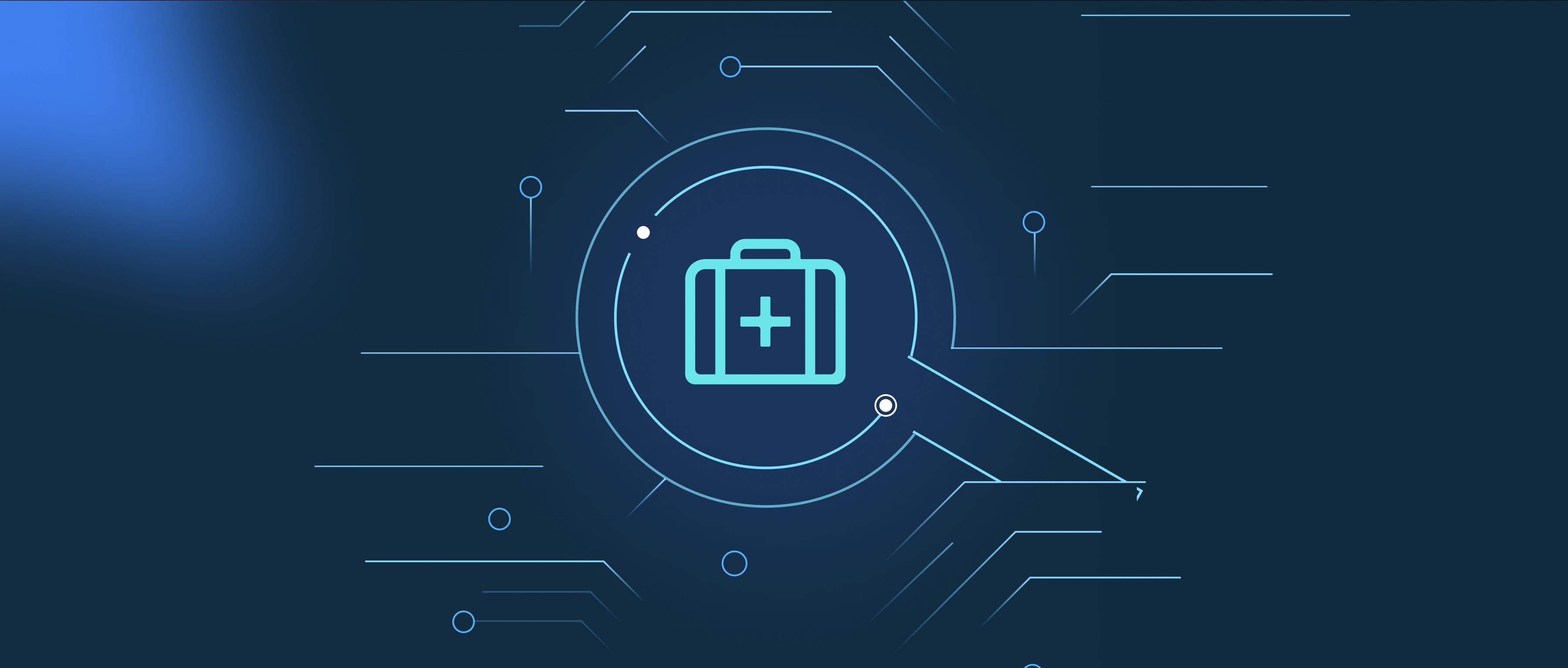AI advancements will significantly enhance the effectiveness and efficiency of LLM guardrails by enabling more precise detection and mitigation of harmful, biased, or inappropriate content. As AI models become more sophisticated, guardrails will evolve to better understand the context and nuances of the generated content. For instance, improvements in natural language understanding (NLU) and computer vision will help guardrails more accurately identify subtle biases, offensive language, and harmful stereotypes in diverse formats, such as text, images, or even videos.
Additionally, advancements in reinforcement learning and adversarial training could help refine the guardrail systems by enabling them to self-improve based on feedback and real-world data. This means that guardrails can adapt more efficiently to emerging threats, such as new forms of hate speech, misinformation, or harmful content. AI-powered guardrails may also become more context-aware, providing more relevant moderation in specific industries like healthcare or finance, where the consequences of errors can be severe.
Ultimately, as AI continues to advance, guardrails will become smarter, more flexible, and better at ensuring safety without stifling creativity or functionality, helping organizations comply with ethical and legal standards while fostering user trust.
